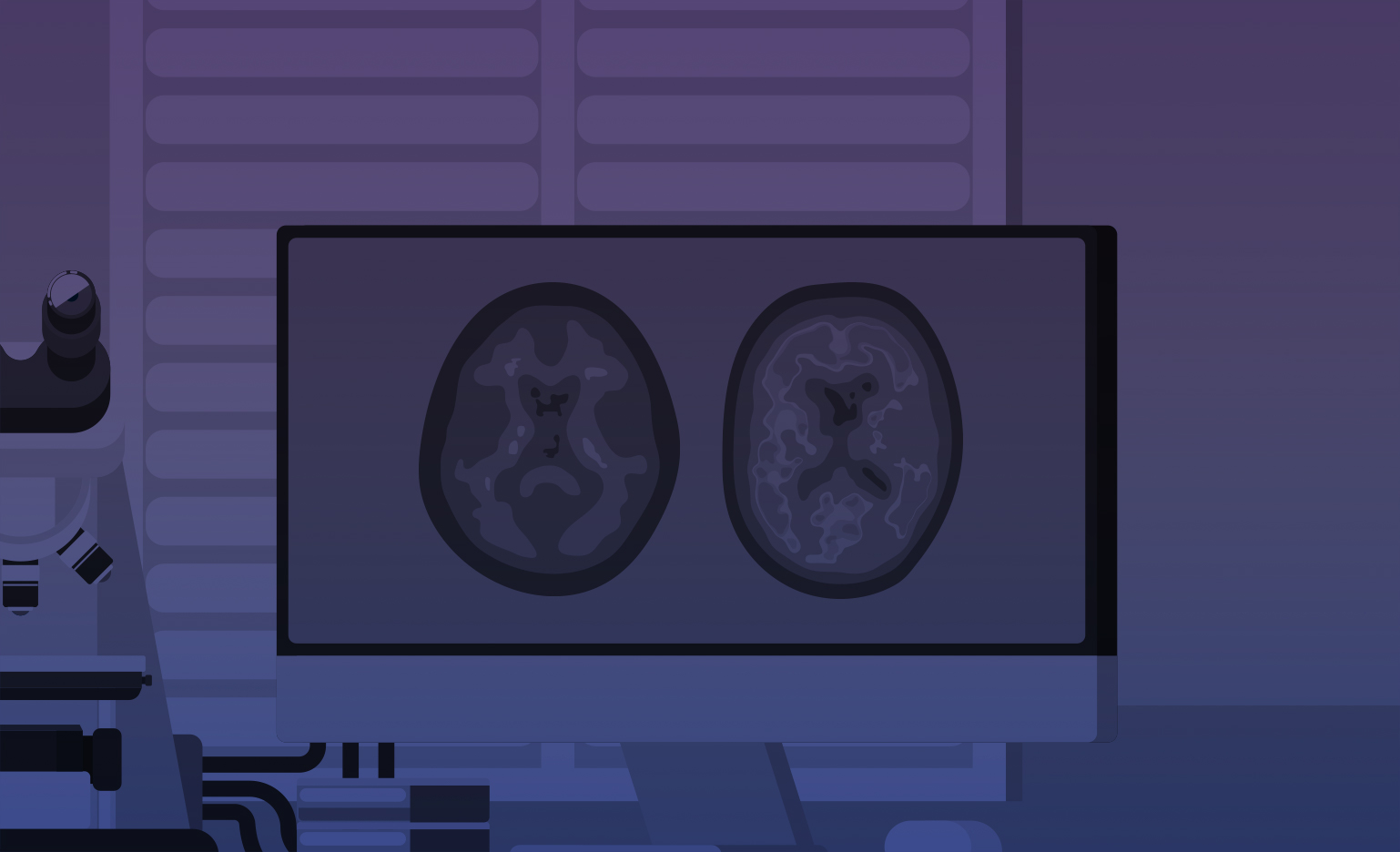Mayo Clinic Rochester
Mayo Clinic Rochester
Plasma lipidomic and alpha-synuclein comparison of individuals with alpha-synuclein, amyloid, or normal pathology
The clinical diagnosis of Dementia with Lewy Bodies (DLB) currently relies on the characteristic features and cardinal signs of the disease. However, the symptoms are heterogeneous and often overlap with other types of dementia, such as Parkinson's disease and Alzheimer's disease. Thus, there is a critical need to identify biomarkers to aid in the differential diagnosis of DLB in order to provide information about disease progression and to best determine appropriate treatments. Given the high degree of symptom overlap with other dementias, the pathological confirmation is critical for determining diagnostic biomarkers. Importantly, very few studies of potential DLB biomarkers have utilized pathology-confirmed cases. In this study, we seek to identify a blood-based biomarker of alpha-synuclein pathology, the hallmark pathological characteristic of DLB. The identification of a blood-based biomarker would have the unique advantage of being less costly and invasive than cerebrospinal fluid collection or neuroimaging, and more acceptable for repeated measures and population-based screening. Specifically, we will examine plasma lipids and alpha-synuclein among four groups of pathologically-confirmed individuals at autopsy that were enrolled and followed in the Mayo Clinic Alzheimer Disease Research Center: cognitively normal individuals with normal pathology at autopsy and participants with dementia at their last study visit and who had either alpha-synuclein pathology, Alzheimer's pathology, or both alpha-synuclein and Alzheimer's pathology (30 per group). We have chosen to examine plasma alpha-synuclein levels because current research suggests that alpha-synuclein is also found in the blood. Alpha-synuclein is a lipid-binding protein. Therefore, we will also conduct a lipidomic analysis to determine whether specific lipid pathways can be used to identify individuals with DLB.

